- Have any questions?
- +86-189 8930 5995
- sales@mosinterchem.com.cn
o-Phenanthroline CAS 66-71-7

Sodium oxalate CAS 62-76-0
17/12/2018
Phenolphthalein CAS 77-09-8
17/12/2018| Model: | MOS 66-71-7 |
| Brand Name: | MOSINTER |
| CAS No.: | 66-71-7 |
| Soluble: | slightly soluble |
| Sensibility: | Hygroscopic |
| Molecular formula: | C12H8N2 |
| Molar mass: | 180.21 g/mol |
| Density: | 1.31 g/cm3 |
| Alias: | 1,10-Phenanthroline hydrate |
| Melting point: | 117 °C (243 °F; 390 K) |
| R-phrases: | R25, R50/53 |
| S-phrases: | S45,S60,S61 |
o-Phenanthroline (CAS: 66-71-7)
| Item | Index |
| Purity %≥ | 99 |
| Residue on ignition (sulfate) %≤ | 0.5 |
| Melting ℃ | 117 |
| Ethanol dissolution test | Pass test |
Basic Information
Phenanthroline (phen) is a heterocyclic organic compound. It is a white solid that is soluble in organic solvents. It is used as a ligand incoordination chemistry, it forms strong complexes with most metal ions. In terms of its coordination properties, phen is similar to 2,2′-bipyridine.
Synthesis
Phenanthroline may be prepared by two successive Skraup reactions of glycerol with o-phenylenediamine, catalyzed by sulfuric acid, and an oxidizing agent, traditionally aqueous arsenic acid or nitrobenzene. Dehydration of glycerol gives acrolein which condenses with the amine followed by a cyclization.
Peptidase inhibitor
1,10-Phenanthroline is an inhibitor of metallopeptidases, with one of the first observed instances reported in carboxypeptidase A. Inhibition of the enzyme occurs by removal and chelation of the metal ion required for catalytic activity, leaving an inactive apoenzyme. 1,10-Phenanthroline targets mainly zinc metallopeptidases, with a much lower affinity for calcium.
Ferroin and analogues
The complex [Fe(phen)3]2+, called “ferroin,” is used for the photometric determination of Fe(II). It is used as a redox indicator with standard potential +1.06 V. The reduced ferrous form has a deep red colour and the oxidised form is light-blue. Ferroin is used as a cell permeableinhibitor for metalloproteases in cell biology.
The pink complex [Ni(phen)3]2+ has been resolved into its Δ and Λ isomers. The analogous [Ru(phen)3]2+ has long been known to be bioactive.
Related phen ligands
A variety of substituted derivatives of phen have been examined as ligands. Neocuproine, 2,9-dimethyl-1,10-phenanthroline, is a bulky ligand. In “bathophenanthroline,” the 4 and 7 positions are substituted by phenyl groups. The more electron-rich phenanthroline ligand is 3,4,7,8-tetramethyl-1,10-phenanthroline.
Numbering for 1,10-phenanthroline derivatives.
As an indicator for alkyllithium reagents
Alkyllithium reagents form deeply colored derivatives with phenanthroline. The alkyllithium content of solutions can be determined by treatment of such reagents with small amounts of phenanthroline (ca. 1 mg) followed by titration with alcohols to a colourless endpoint.
Grignard reagents may be similarly titrated.
You must be logged in to post a review.

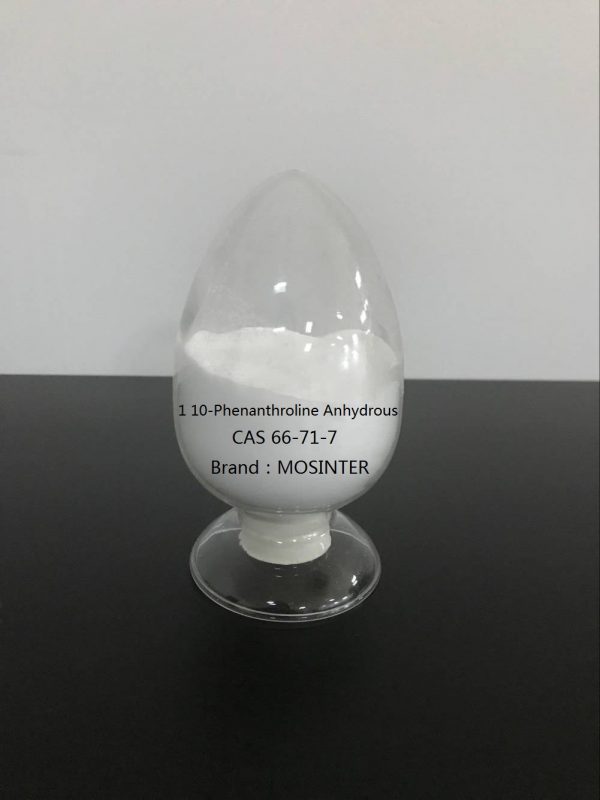
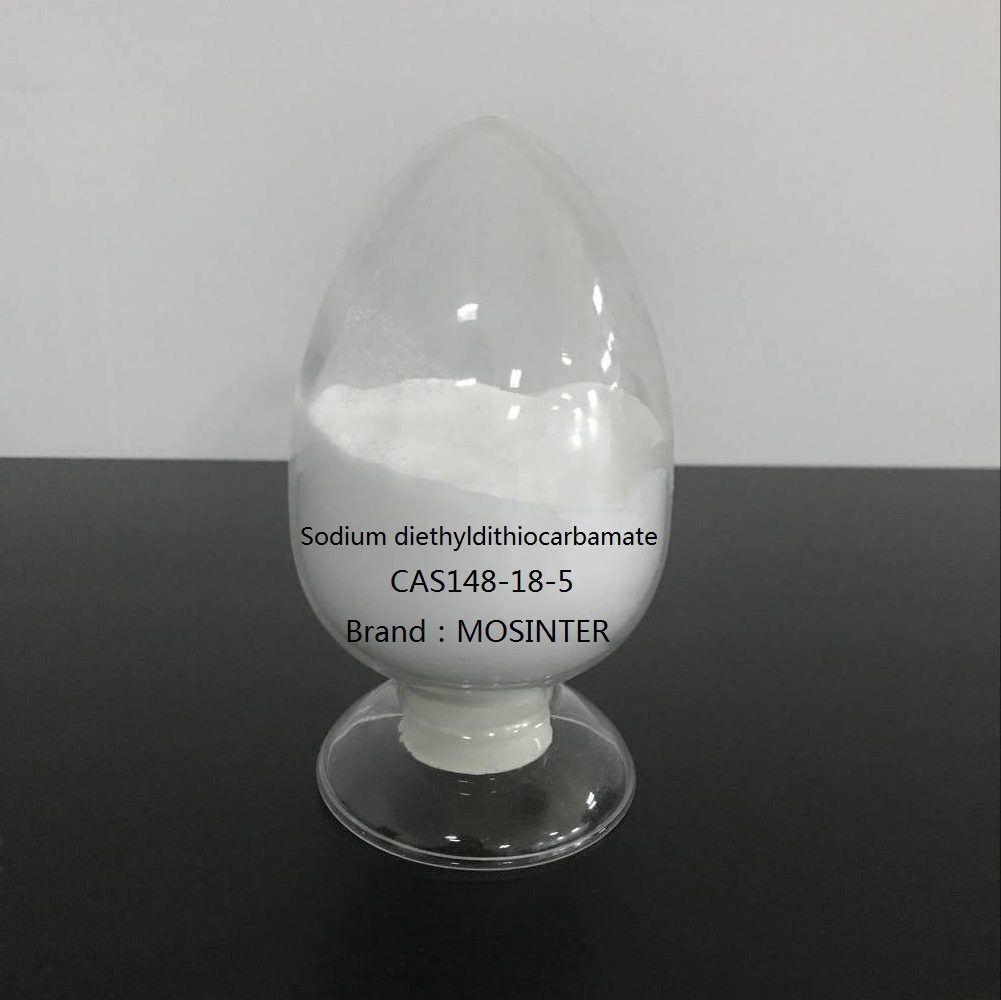
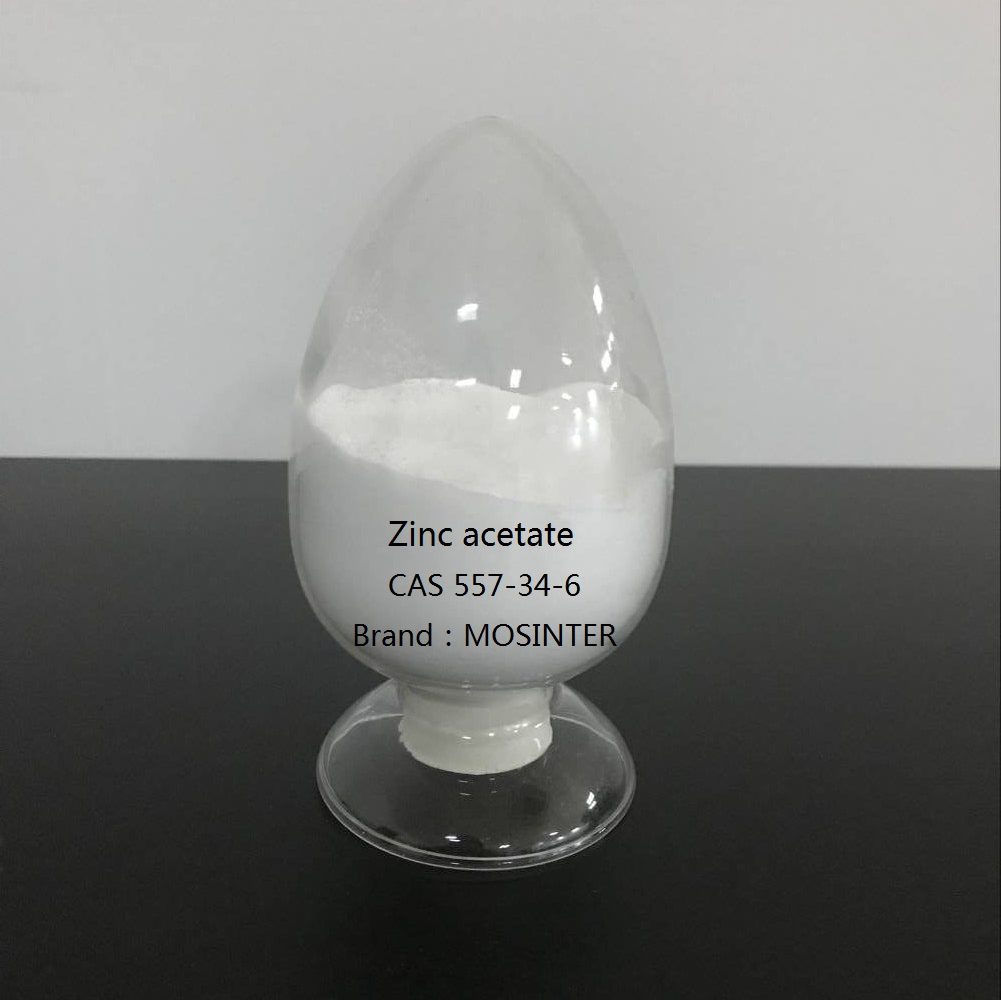
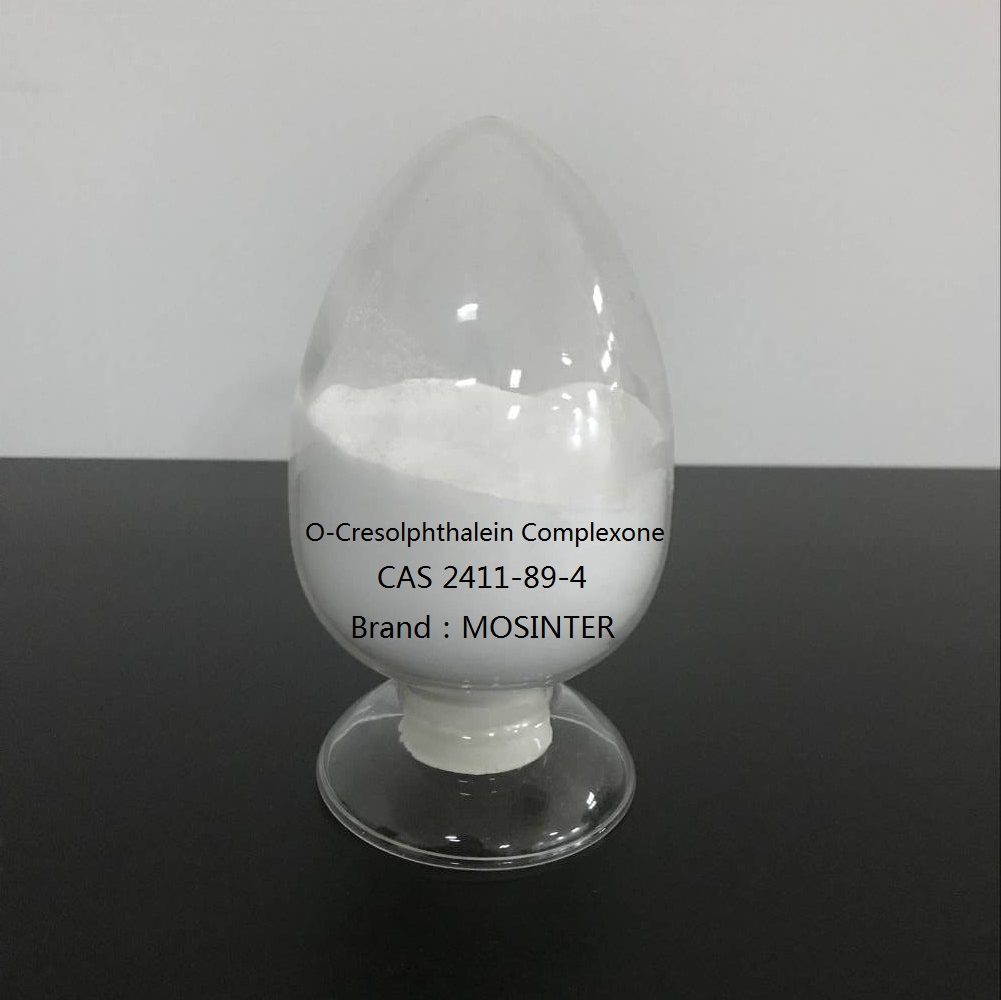
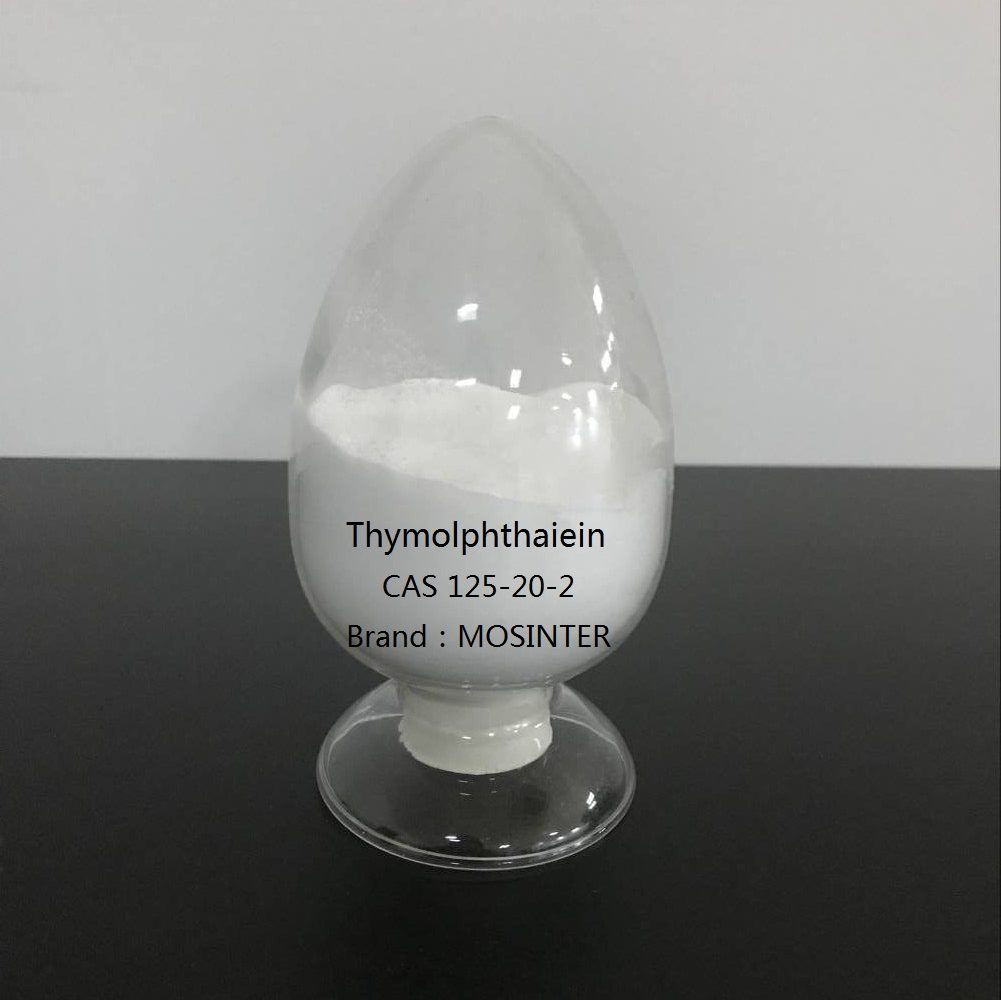
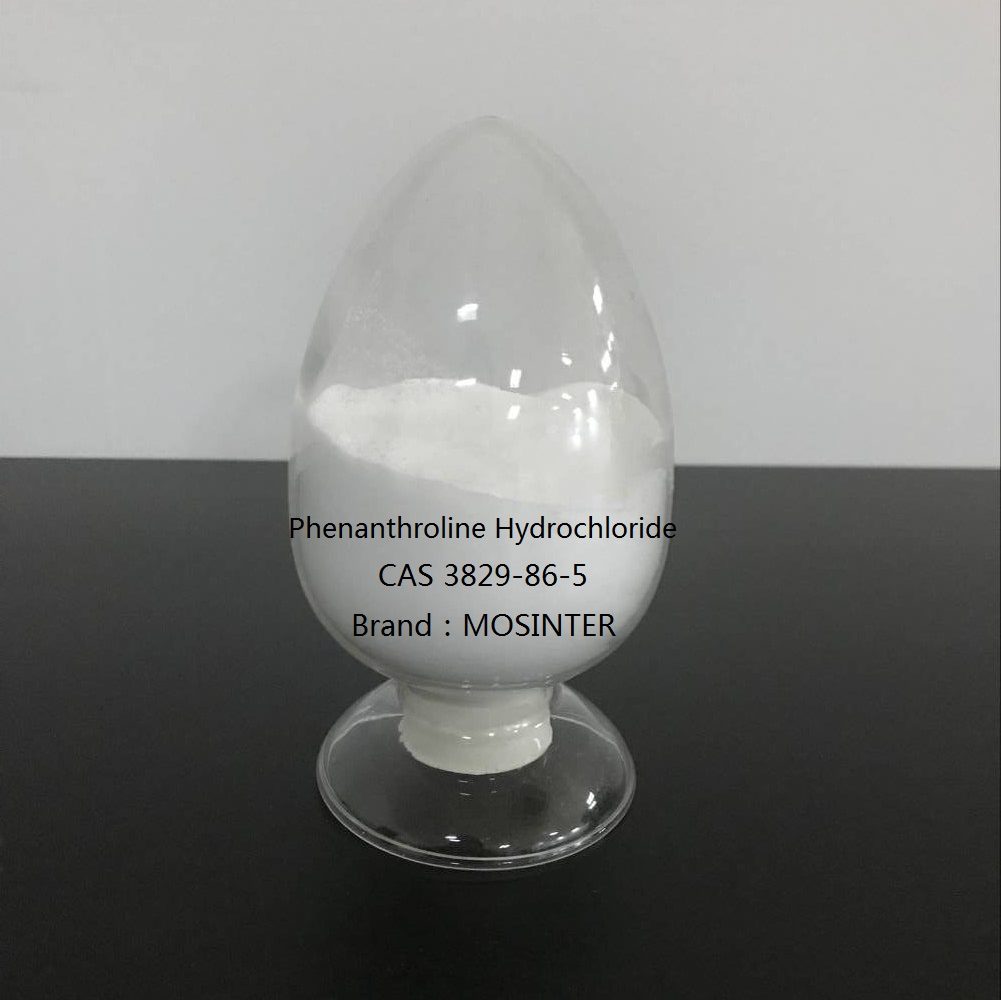
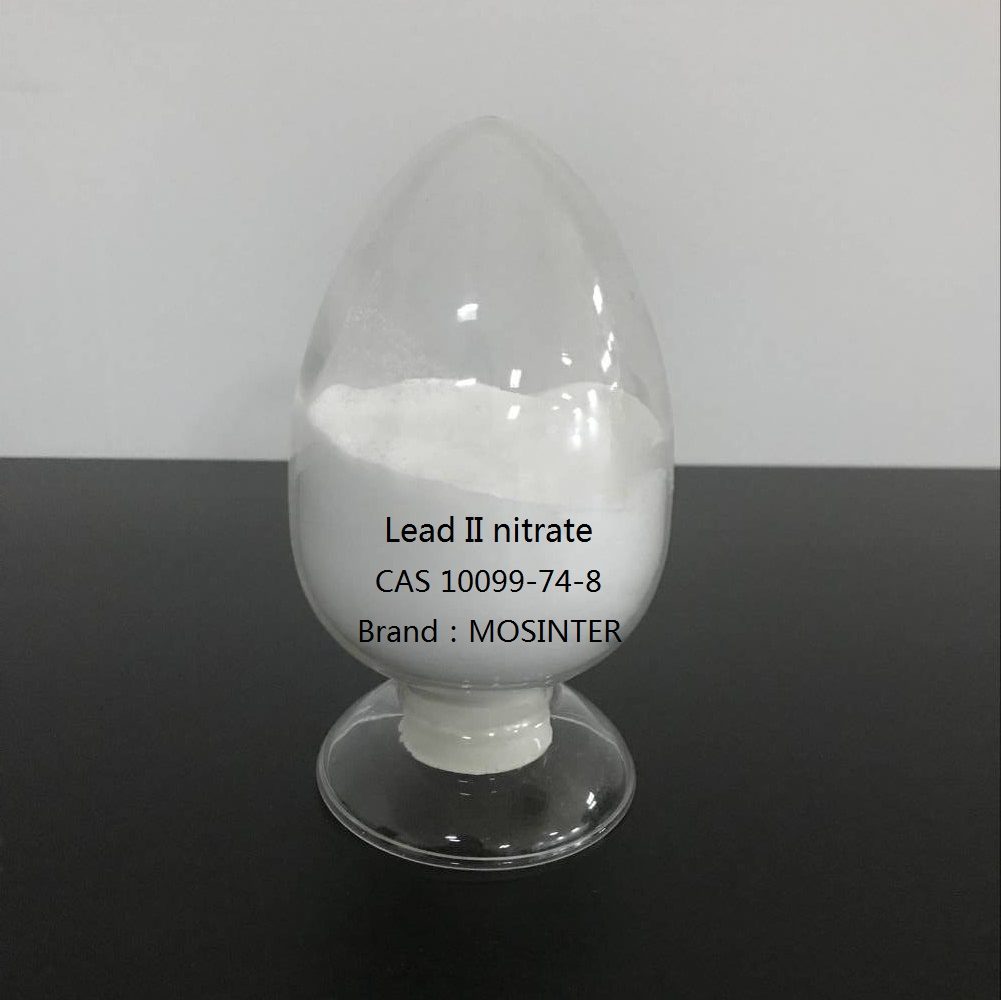
Reviews
There are no reviews yet.